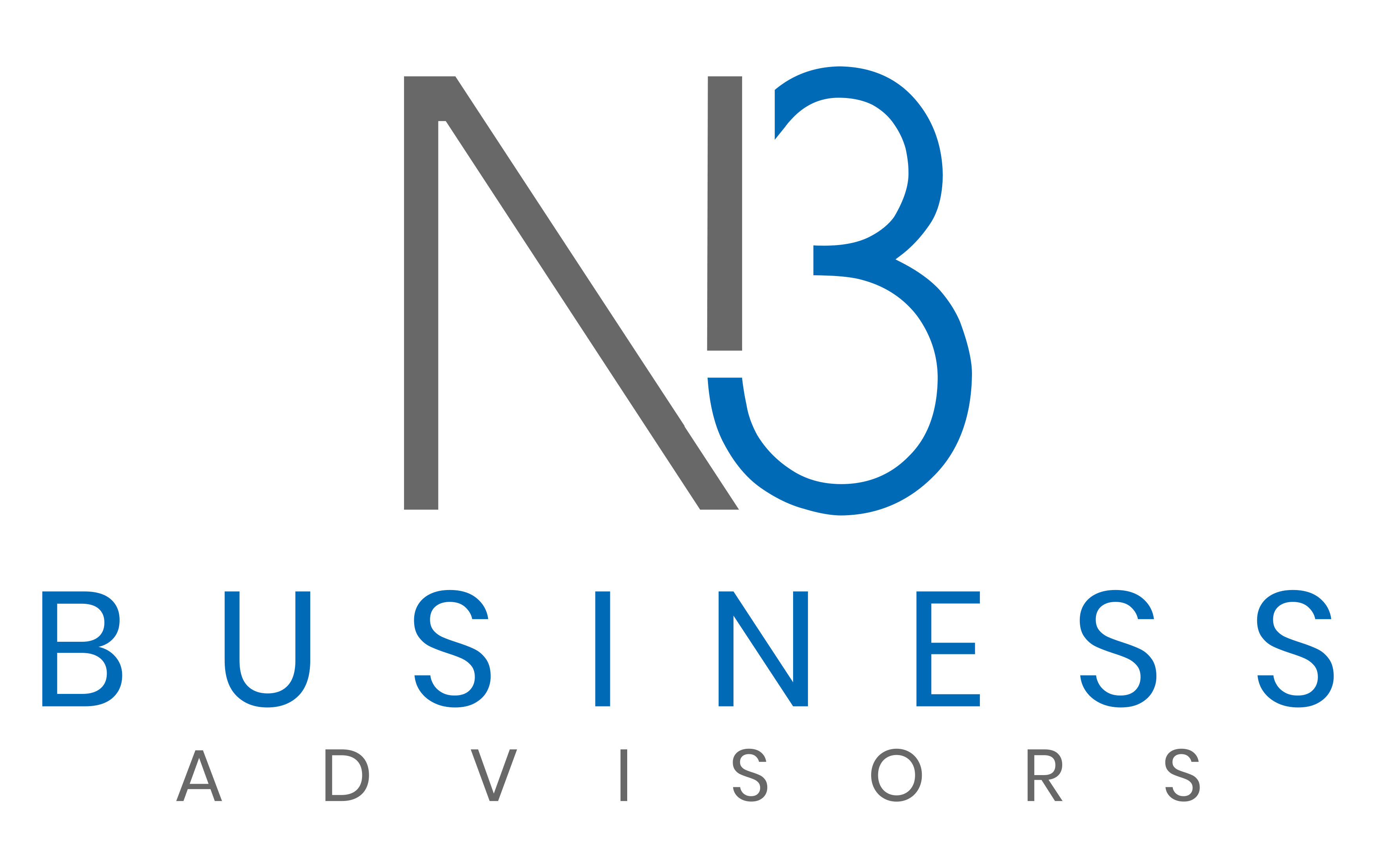Hey there! Nitin Khanna here, and today I want to dive into an exciting topic that can help elevate your equipment rental business—developing a robust content marketing strategy. In a world where consumers are bombarded with information, having a well-defined strategy can set you apart from the competition and position your business as a go-to resource. So, let’s roll up our sleeves and get started!
Understanding Content Marketing
Before we jump into the specifics of creating a content marketing strategy, let’s take a moment to understand what content marketing is all about. At its core, content marketing involves creating and sharing valuable content to attract and engage a clearly defined audience. The ultimate goal? Drive profitable customer action.
Why Content Marketing Matters for Equipment Rental Businesses
As an equipment rental business owner, you might wonder why you need a content marketing strategy. Here are a few compelling reasons:
- Builds Authority: By sharing valuable insights and tips related to equipment rental, you position your business as an expert in the field. This authority builds trust with your audience, making them more likely to choose your services.
- Enhances SEO: Quality content helps improve your search engine rankings. The more valuable content you create, the more likely potential customers will find you when searching for equipment rental services online.
- Engages Customers: Content marketing provides an opportunity to engage with your audience. Whether it’s through blog posts, videos, or social media, you can connect with potential customers in meaningful ways.
- Generates Leads: A well-executed content marketing strategy can drive leads to your business. By providing valuable resources, you can encourage potential customers to share their information and learn more about your services.
Step-by-Step Guide to Creating Your Content Marketing Strategy
Now that we’ve covered the “why,” let’s dive into the “how.” Here’s a step-by-step guide to creating an effective content marketing strategy for your equipment rental business.
Step 1: Define Your Audience
The first step in any successful content marketing strategy is to define your target audience. Ask yourself:
- Who are my ideal customers?
- What industries do they belong to (construction, landscaping, etc.)?
- What problems do they face that my equipment can solve?
Creating buyer personas can be an effective way to visualize your audience. These personas represent your ideal customers and help guide your content creation efforts.
Step 2: Set Clear Goals
Next, you need to set clear, measurable goals for your content marketing strategy. Consider what you want to achieve, such as:
- Increasing website traffic
- Generating leads
- Boosting customer engagement
- Building brand awareness
Make sure your goals are SMART: Specific, Measurable, Achievable, Relevant, and Time-bound. For example, “I want to increase website traffic by 25% over the next six months.”
Step 3: Conduct a Content Audit
Before you create new content, it’s essential to assess your existing content. Conduct a content audit to evaluate what’s working and what’s not. Look at:
- Blog posts
- Social media content
- Videos
- Email newsletters
Identify gaps in your content and determine which pieces are performing well. This will inform your future content creation efforts.
Step 4: Develop a Content Calendar
Creating a content calendar is crucial for staying organized and consistent in your content marketing efforts. Your calendar should include:
- Content topics
- Publication dates
- Formats (blog post, video, infographic, etc.)
- Distribution channels (social media, email, website)
A content calendar helps you plan your content ahead of time, ensuring you have a steady stream of valuable information for your audience.
Step 5: Create Valuable Content
Now comes the fun part—creating content! Here are some content ideas specifically for equipment rental businesses:
- How-To Guides: Create detailed guides on using specific equipment, such as “How to Properly Operate a Forklift” or “Tips for Choosing the Right Excavator.”
- Industry Insights: Share insights on industry trends, challenges, and best practices. This positions your business as a knowledgeable resource.
- Case Studies: Showcase successful projects where your equipment made a difference. Highlight customer testimonials to build credibility.
- Videos: Consider creating video content that demonstrates how to use equipment, showcases rental options, or offers maintenance tips.
Step 6: Optimize for SEO
To ensure your content reaches your target audience, it’s essential to optimize it for search engines. Here are a few SEO best practices to keep in mind:
- Keyword Research: Identify relevant keywords that your audience is searching for. Use tools like Google Keyword Planner or SEMrush to find popular keywords related to equipment rental.
- On-Page SEO: Incorporate keywords naturally into your content, including in headings, subheadings, and throughout the body text. Don’t forget to optimize meta titles and descriptions!
- Link Building: Build internal and external links to enhance your content’s authority. Internal links guide readers to related content on your site, while external links to reputable sources can improve credibility.
Step 7: Promote Your Content
Creating great content is just the beginning. To maximize its reach, you need to promote it effectively. Consider these channels for promotion:
- Social Media: Share your content on platforms where your audience is active, such as LinkedIn, Facebook, and Instagram. Use engaging visuals and captions to capture attention.
- Email Marketing: Use your email list to share valuable content with existing and potential customers. Highlight new blog posts, industry insights, and special promotions.
- Collaborations: Partner with industry influencers or related businesses for guest blogging opportunities or co-hosting webinars. This expands your reach and introduces your business to new audiences.
Step 8: Measure and Analyze
Finally, it’s essential to measure the success of your content marketing strategy. Utilize tools like Google Analytics to track key metrics such as:
- Website traffic
- Conversion rates
- Engagement levels (comments, shares, likes)
- Lead generation
Regularly analyze this data to identify what’s working and where improvements can be made. Adjust your strategy based on these insights to continuously optimize your content marketing efforts.
Conclusion
In conclusion, developing a content marketing strategy for your equipment rental business is a powerful way to connect with your audience, build authority, and drive growth. By following these steps, you can create valuable content that resonates with your customers and positions your business as a trusted resource in the industry.
If you need assistance with your content marketing strategy or want to explore other aspects of your equipment rental business, don’t hesitate to reach out to N3 Business Advisors. We’re here to help you navigate the challenges and opportunities in the equipment rental landscape.
I hope this article provides valuable insights into creating a successful content marketing strategy for your equipment rental business. Let’s keep the conversation going—what content topics are you excited to explore?
Disclaimer:
Any information provided here is for informational purposes only. It should not be considered as legal, accounting, or tax advice. Prior to making any decisions, it’s the responsibility of the reader to consult their accountant and lawyer. N3 Business Advisors and its representatives disclaim any responsibilities for actions taken by the reader without appropriate professional consultation.

